Mahleb
Mar 19, 2013, Updated Feb 14, 2024
This post may contain affiliate links. Please read our disclosure policy.
Mahleb is the fragrant ground kernel from the pit of the St. Lucie cherry. This aromatic, fresh, almond-like spice is called for in baking recipes from across the Mediterranean and Middle East. Known also as mahlab, mahaleb, mahleppi, and mahlebi, the key to the goodness of this spice is its freshness, which is very difficult to find.

Sour cherries are so delicious that I suppose it’s not so shocking that someone, somewhere deep in the past kept eating right past the bright red flesh and crunched away at the pit. There that adventurous eater discovered an almond-like flavor, a flavor reminiscent of the cherry but not precisely cherry, with a certain bitterness to boot.
What is mahleb?
Mahleb, is the kernel in the pit of sour or black cherries called for virtually only in baked goods. The ingredient is in recipes from across the Levant as mahlab, mahaleb, mahleppi, and mahlebi. Will your recipes suffer without it? Most of us who know the flavor of the spice would say yes. Soft, almond-like, distinctive.
Where do you buy mahlab?
Mahleb is used in such small amounts, and the key to this special ingredient is in its freshness. While grinding spices yourself typically releases the most fragrant, flavorful spice, with mahleb it is so very, very difficult to get fresh kernels. I purchase them again and again only to discover that they are stale and off-scent.

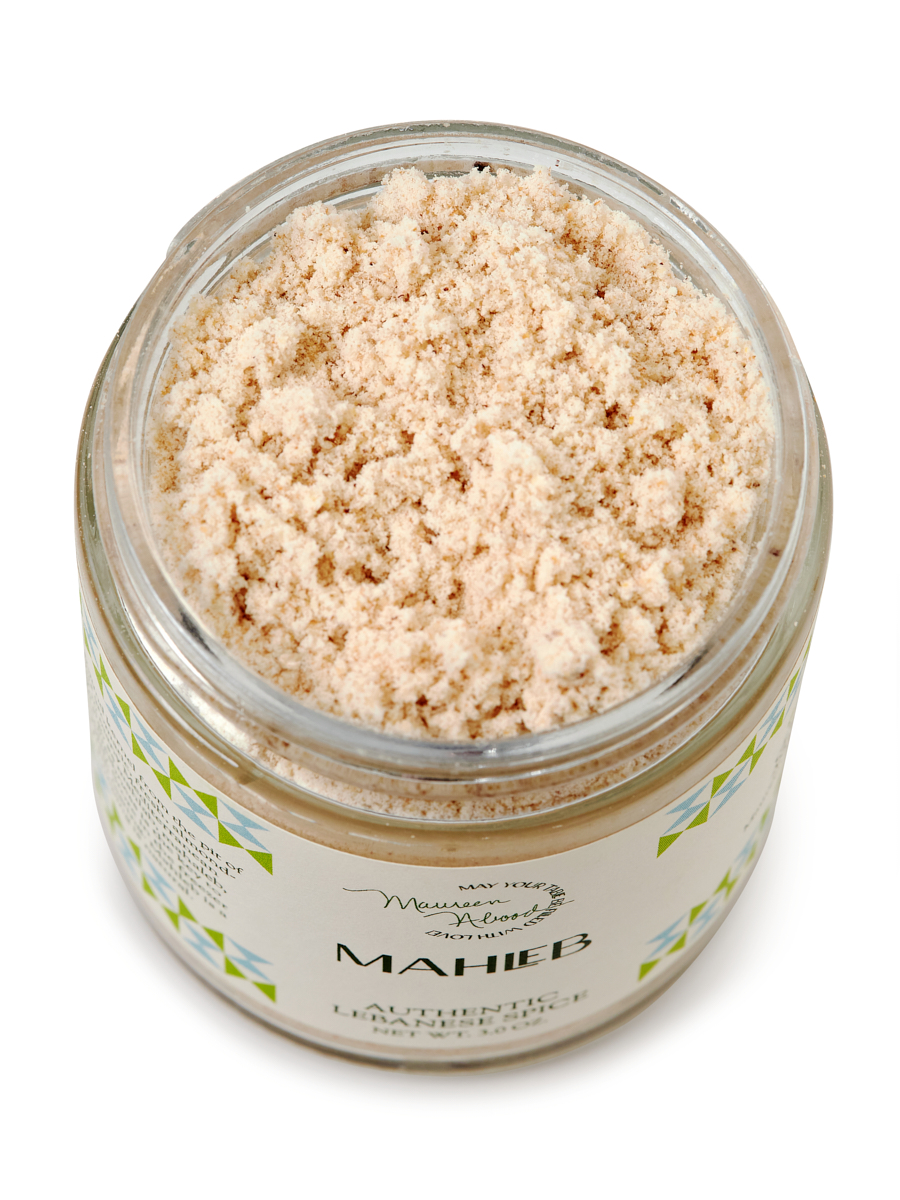
A fresh jar of ground mahleb spice is one of the pride and joys of my online shop. Fragrant, fresh ground spice–which is so unusual. This mahleb opened new mahleb worlds for me by demonstrating all that this delicate spice can be.
What does it taste like?
The powder is almost damp in its freshness, with a yeasty aroma that is the soul of a Lebanese sweet bread. Well, almost so—a few other special ingredients (think anise, clove) play a role too. But the mahleb flavor we love is almond, earthy, and incredibly gentle.
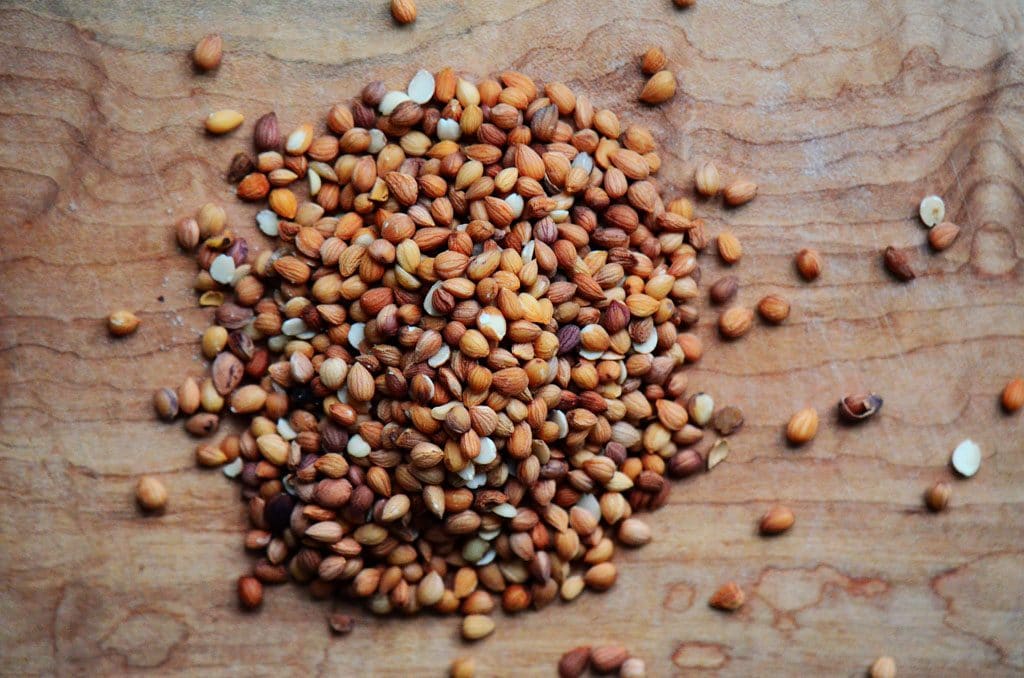
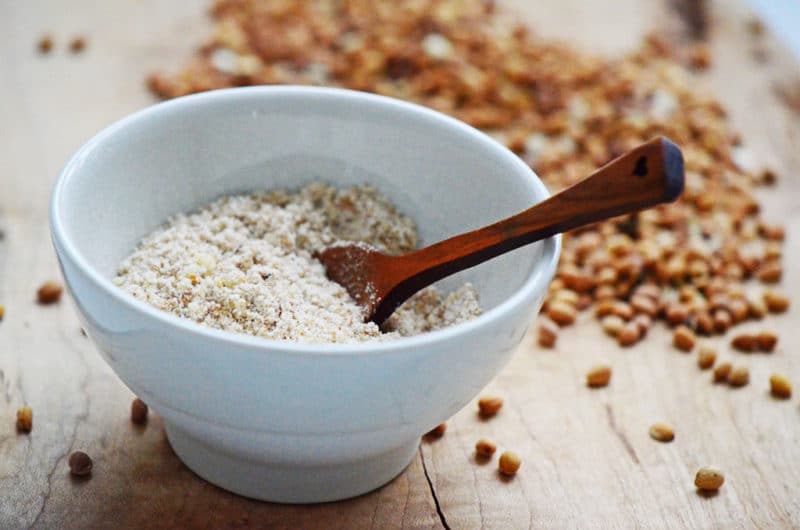
How to store the spice.
There is no wavering on this point: store mahleb in the freezer and use from there. Any clumping of the powder is easily broken up for measuring.
Recipes using Mahlab
There are many recipes for Ka’ak, or ka’ik, sweet breads and cookies that include mahleb. Try my Lebanese Kaik Recipe, Molded Shortbread Ka’ik Cookies, and Date-filled Ka’ik.
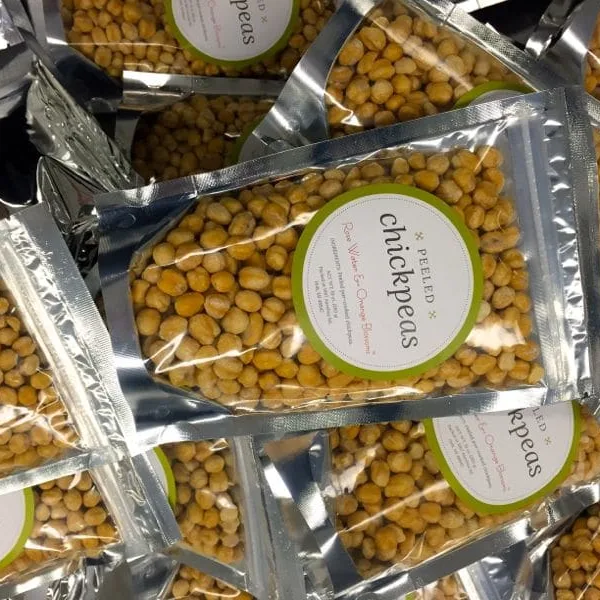
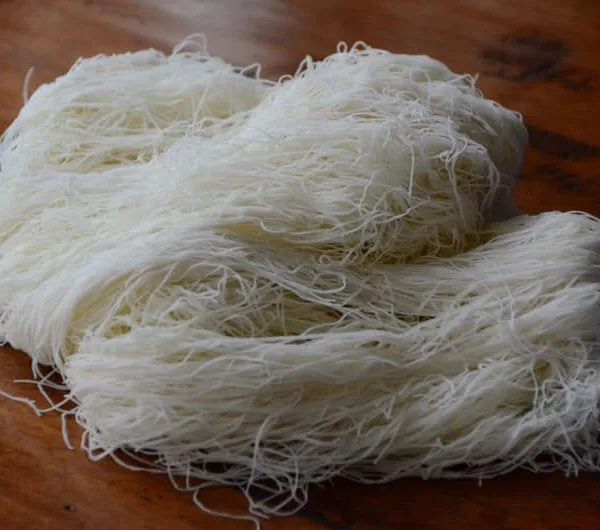
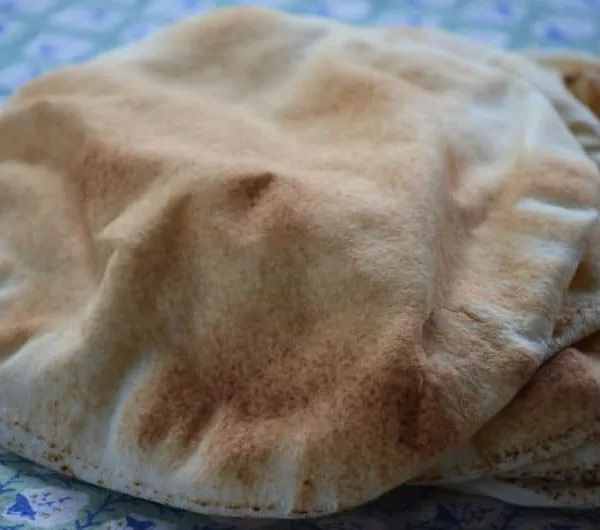
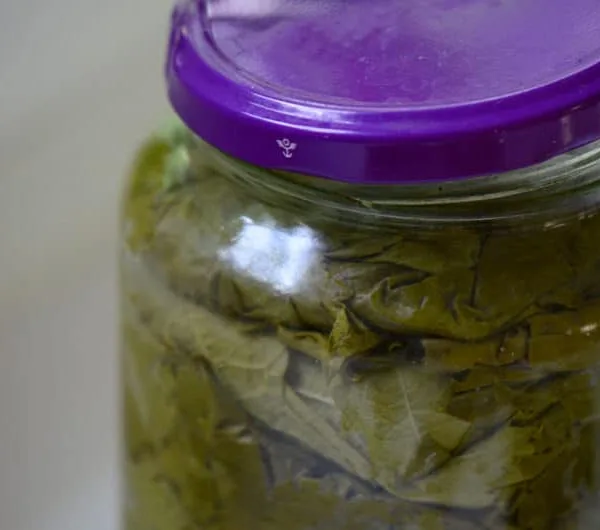







how do you know if your mahlepi is stale. not getting the flavor in the bread
Mahleb that is stale has a musty scent. It should have a fresh almond-like scent.
Maureen,
Living in Puglia (southern Italy) I find so many similarities with Lebanese ingredients and your recipes inspire me to give new life and taste to everday dishes….thanks! I have sour cherry trees (we have a masseria and I just finished off preserves, tarts etc and saved my seeds with the intention of making mahleb. Perhaps I’m in over my head….do you know of anywhere I can find guidelines (harvest immediately or let dry, cracking suggestions, storage etc). Grazie! cynthia
Love this kaik series–just bought my first mold! Now this cherry pit thing…since I haven’t seen the recipe yet I’m a bit tentative to buy a bag. How much is a little? And, when you say “black” cherry, do you mean bing-type? Or is there a specific Lebanese-typed cherry called the “black cherry”? I ask this specifically because I wonder if I could also harvest my own cherry pits? I’d love such resourcefulness.
We use 1 tablespoon for a “small” batch (1 1/2 dozen) of ka’ik. The cherry variety is referred to as sour cherry but also black cherry (no specificity for varietel) in some resources. I have never harvested my own mahleb and don’t know anyone who has, but it would be interesting to try–especially up north here in Michigan with all of the cherries! Be sure to get to the kernal of the pit and not the whole pit.
Maureen,
I came across your website while looking for a shish tawook recipe. I want to say thank you for providing me with not only delicious, wholesome recipes that I feed to my 3 year-old daughter but also thank you for the inspiration that your website gives me. I find all of your tips helpful, all of your writings riveting, and all of your photos beautiful. The whole website is a work of art.
Thanks again!
Wow Emily, thank you and everyone so much for your kind words!!
I always learn something new from your posts.
Maureen, I love your posts. Always so intriguing and warm.
Mahleb is always one of the big surprises in our spice tasting classes- once we grind it, the students can’t get enough of the aroma!
I’m so glad you wrote about this, Maureen. Believe it or not, I have some in my pantry. We have a wonderful well-stocked Mediterranean grocery nearby where I can find mahleb and all sorts of other goodies. It makes sense that the cherry pit would have that slightly bitter almond flavor, as almonds and cherries are in the same family. Cheers, and wishing you a Happy Easter.